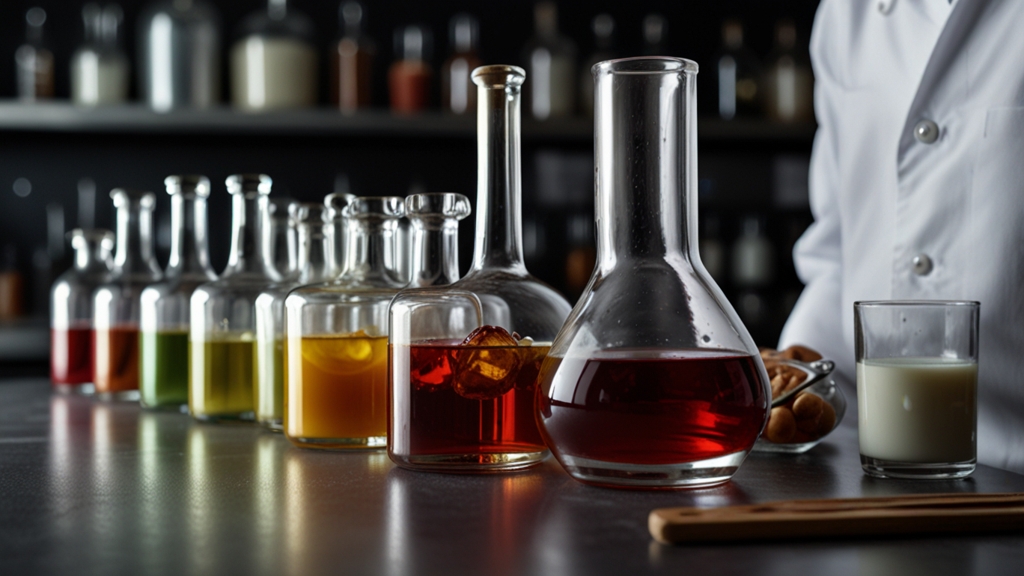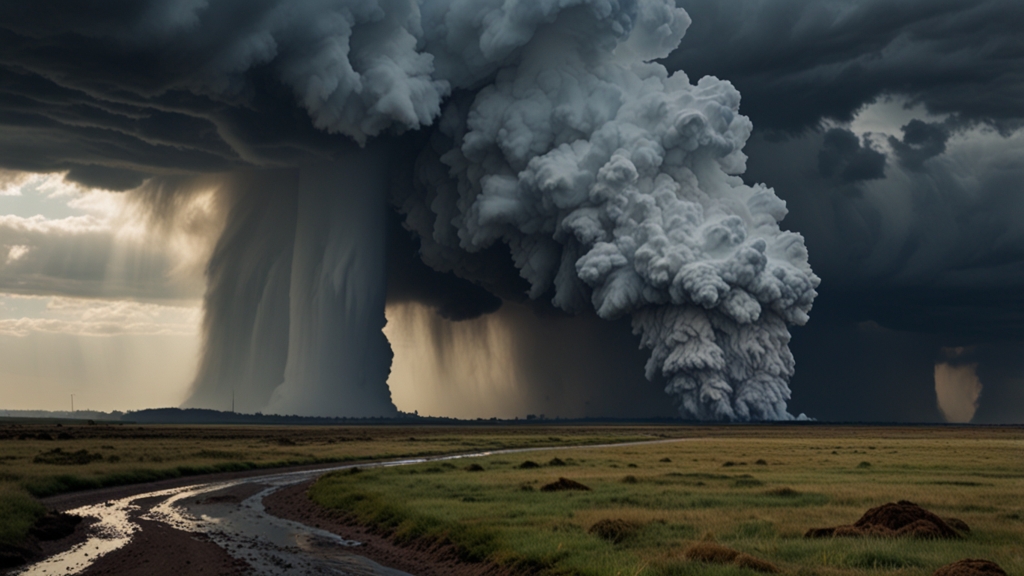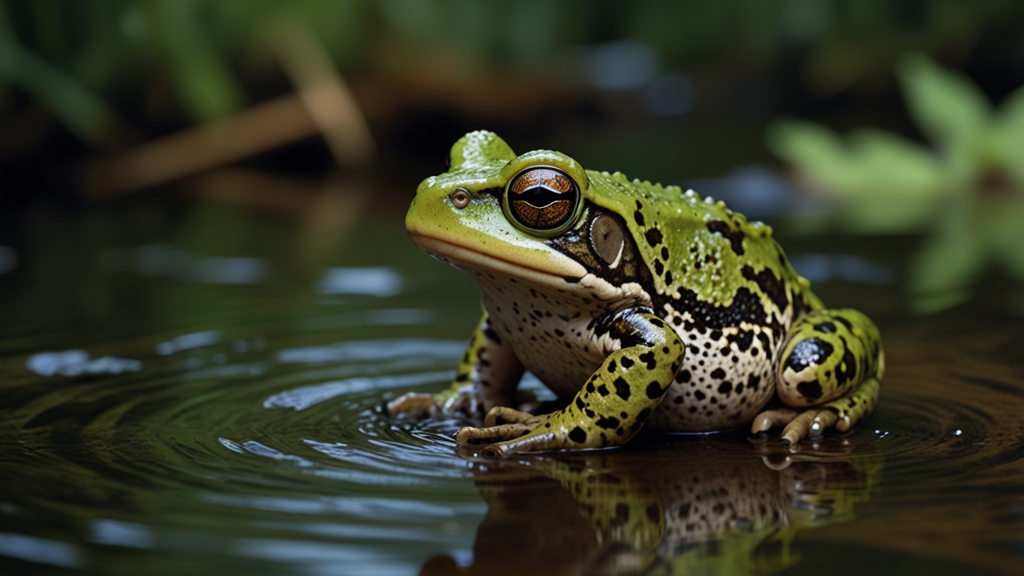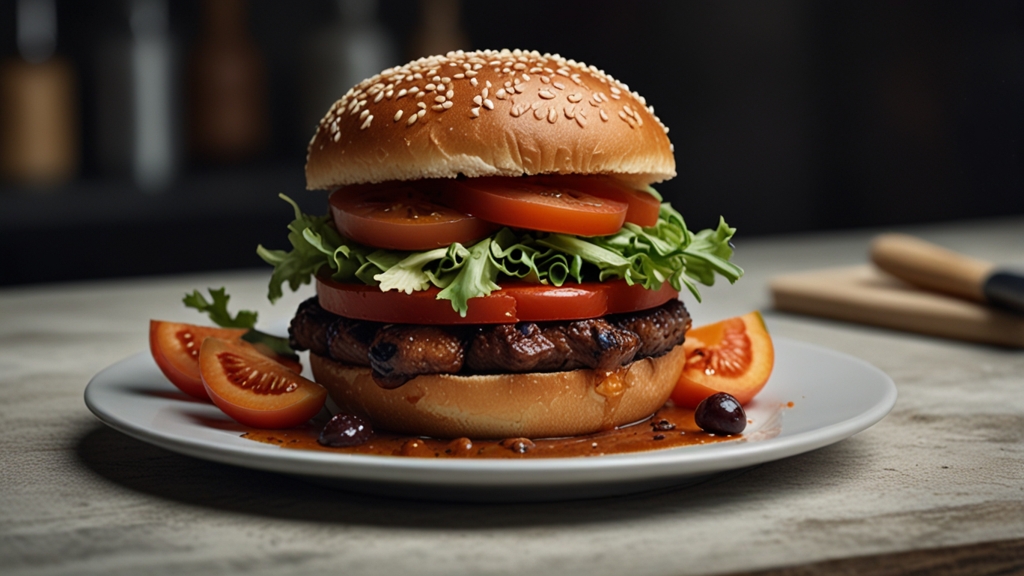The Science of Flavors Chemistry in Culinary Arts
The culinary arts have long been considered a fusion of skill, creativity, and culture. However, at its core, the creation of exquisite dishes also depends significantly on science—specifically, the science of flavor chemistry. Understanding the chemicals responsible for flavors and how they interact can elevate cooking from mundane to magical. This article delves into the fascinating world of flavor chemistry and its pivotal role in culinary greatness.
The Chemistry of Taste
At the most fundamental level, flavor is the result of chemical interactions between different compounds within food. These interactions create the tastes and aromas that we perceive with our senses. There are five primary tastes: sweet, sour, salty, bitter, and umami. Each of these tastes is the result of specific chemical compounds. For instance, sweetness is often due to sugars, like glucose and fructose, while sourness comes from acids, such as citric acid.
Aromas and Volatile Compounds
While taste provides a broad spectrum of flavor profiles, aroma plays an equally important role. The aroma of food is the result of volatile compounds being released and interacting with olfactory receptors in the nose. Aromatics like esters, aldehydes, and ketones are critical contributors to the flavor experiences of many dishes. An example is vanillin in vanilla beans, which gives out the characteristic sweet scent.
“I cook with wine. Sometimes I even add it to the food.” – W.C. Fields
The Maillard Reaction
One of the most important chemical reactions in cooking is the Maillard reaction. This complex reaction occurs when amino acids and reducing sugars in food are subjected to heat, resulting in the formation of new flavors, aromas, and colors. It is the reason why grilled meats have a rich, savory flavor and appetizing brown crust. The Maillard reaction also contributes to the malted flavor in beers and gives baked bread its appealing golden-brown crust.
Enzymatic Browning
Another chemical process with significant culinary implications is enzymatic browning. This occurs naturally in fruits and vegetables when they are cut or bruised. The enzyme polyphenol oxidase (PPO) catalyzes the oxidation of phenolic compounds, leading to the formation of brown pigments called melanin. Understanding this process enables chefs to control it, either by accelerating browning for certain dishes or preventing it to maintain visual appeal.
The Role of Acidity and Alkalinity
Acidity and alkalinity, measured by pH levels, profoundly influence flavor chemistry. The pH level can alter the texture and appearance of food. For example, adding acid in the form of lemon juice or vinegar can brighten the flavors of a dish and balance out fattier, richer components. Conversely, alkaline conditions, such as those achieved through the use of baking soda, can expedite the Maillard reaction, enhancing the browning and flavor development in baked goods.
“The discovery of a new dish does more for human happiness than the discovery of a new star.” – Jean Anthelme Brillat-Savarin
Flavor Pairing and Synergy
Another intriguing aspect of flavor chemistry is how different flavors can be paired to create synergy. Certain combinations of flavors can enhance the overall taste experience due to complementary or contrasting chemical properties. This is where the concept of “flavor pairing” comes into play. For instance, chocolate and chili peppers share similar volatile compounds that make their combination surprisingly harmonious.
Molecular Gastronomy
A relatively new field, molecular gastronomy, takes flavor chemistry to the next level. This scientific discipline explores the physical and chemical transformations of ingredients that occur during cooking. Techniques such as spherification, gelification, and emulsification rely on the principles of chemistry to create innovative textures and presentations. Molecular gastronomy allows chefs to push the boundaries of traditional culinary arts, creating experiences that engage all the senses.
Conclusion
The science of flavor chemistry is more than just a backdrop to culinary arts; it is a core component that influences every dish. By understanding the chemical mechanisms behind taste and aroma, chefs can manipulate ingredients to craft complex, layered, and memorable flavors. As we continue to unravel the mysteries of flavor chemistry, the future promises even more exciting innovations in the world of gastronomy.
“Cooking is both an art and a science—we make dishes by combining flavors, knowledge, and a touch of magic.” – Anonymous









